Without Panama, There Would Be No UK
How a Little-Remembered Scheme Forced Scotland into England’s Arms
(3 min read) A short experiment in which I lay a True Fact!(TM) on you.
I’m living in Panama through August this year, and recently posted some Guna art from one of the Panamian indigenous groups in Monday’s Museum post from Cleveland.
But I’ve got lots of Panamanian photos to share — I’ve lived here off and on for over a dozen years — as well as two from Edinburgh’s National Museum; these tie into a mostly forgotten episode of British history involving these molas. It’s one that (a) shows how random contingencies can sometimes reshape entire nations, and (b) offers a peek at how globalization got going more than 500 years ago.
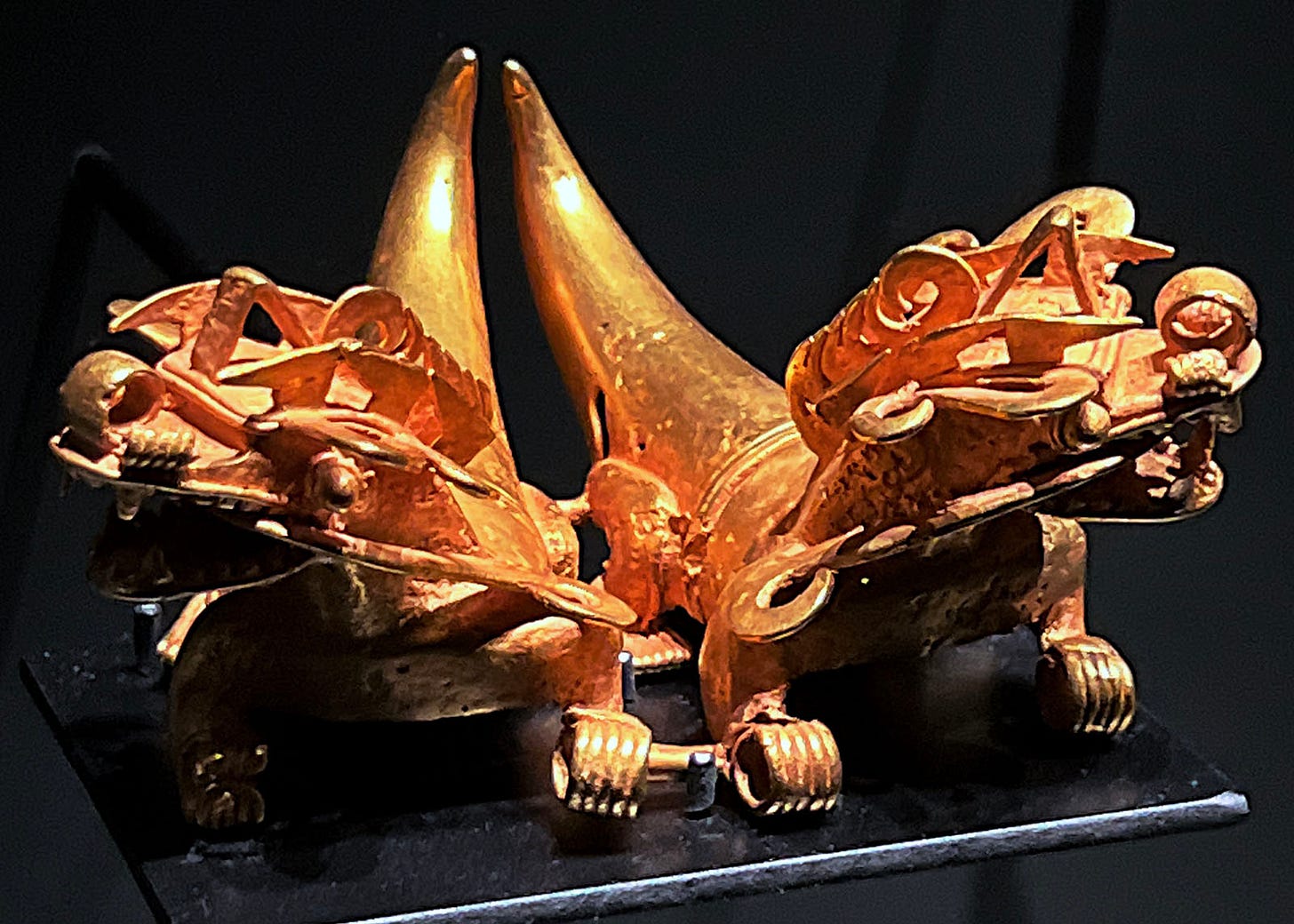
I’m goofing around a bit with this post — keeping it short, writing in a cheeky tone, just for fun.
And yes, of course I know that history isn’t deterministic: Panama didn’t “cause” the Acts of Union.
On the other hand…
Here’s a True Fact!(TM) for you:
Without Panama, there would be no UK.
Let me explain.

The year was 1695, and Scotland was riding high on an economic boom. For some two hundred years it had been watching jealously as Spain, England, France, and even tiny Portugal got filthy rich off American gold, silver, sugar, and slaves. Scotland too wanted a piece of that sweet, sweet New World action.
So they created the “Company of Scotland Trading to Africa and the Indies” (a name only a bureaucrat could love), and launched what became known as the Darien Scheme — an ambitious plan to found a colony on the Isthmus of Panama.
They raised between £400,000 and £500,000 — around half of all the money in circulation in Scotland at the time. Half! This wasn’t a side hustle — it was an all-in national gamble.
In 1698, five ships and 1200 settlers set sail to establish “New Caledonia.”
They chose a spot near today’s Kuna Yala comarca (in the Caribbean near where Panama borders Colombia), convinced it was the perfect location. So they most certainly would have encountered the Kuna/Guna people — and possibly their molas, which was established as an art form by this time.
There was just one problem:
No one had checked if people from rainy, 55-degree Scotland could survive in a malarial, 95-degree jungle.
Spoiler alert — they couldn’t.
Within a year, more than 900 were dead — from disease, starvation, and clashes with the Spanish, who (inconveniently, but also: of course!) already claimed the territory.
A second wave of settlers arrived in 1699, unaware of the disaster. They fared no better. By 1700, only a few hundred survivors remained of the roughly 2500 total who had set out.
The Darien Scheme wasn’t just a failure — it was a national catastrophe. Scotland had bet its entire financial future on a swamp it couldn’t hold.
With the country effectively bankrupt and England eager to secure its northern borders once and for all, Scottish resistance to political union weakened. In 1707, the Act of Union passed, creating Great Britain.
Importantly — and here is where my True Fact!(TM) comes into play — almost all historians agree that English promises to bail out Darien Scheme investors played a decisive role in winning the votes needed.
So yes — the story of British unification runs through a forgotten Caribbean corner of Central America.
As I said up top:
Without Panama, there would be no UK.
Bonus photo!:





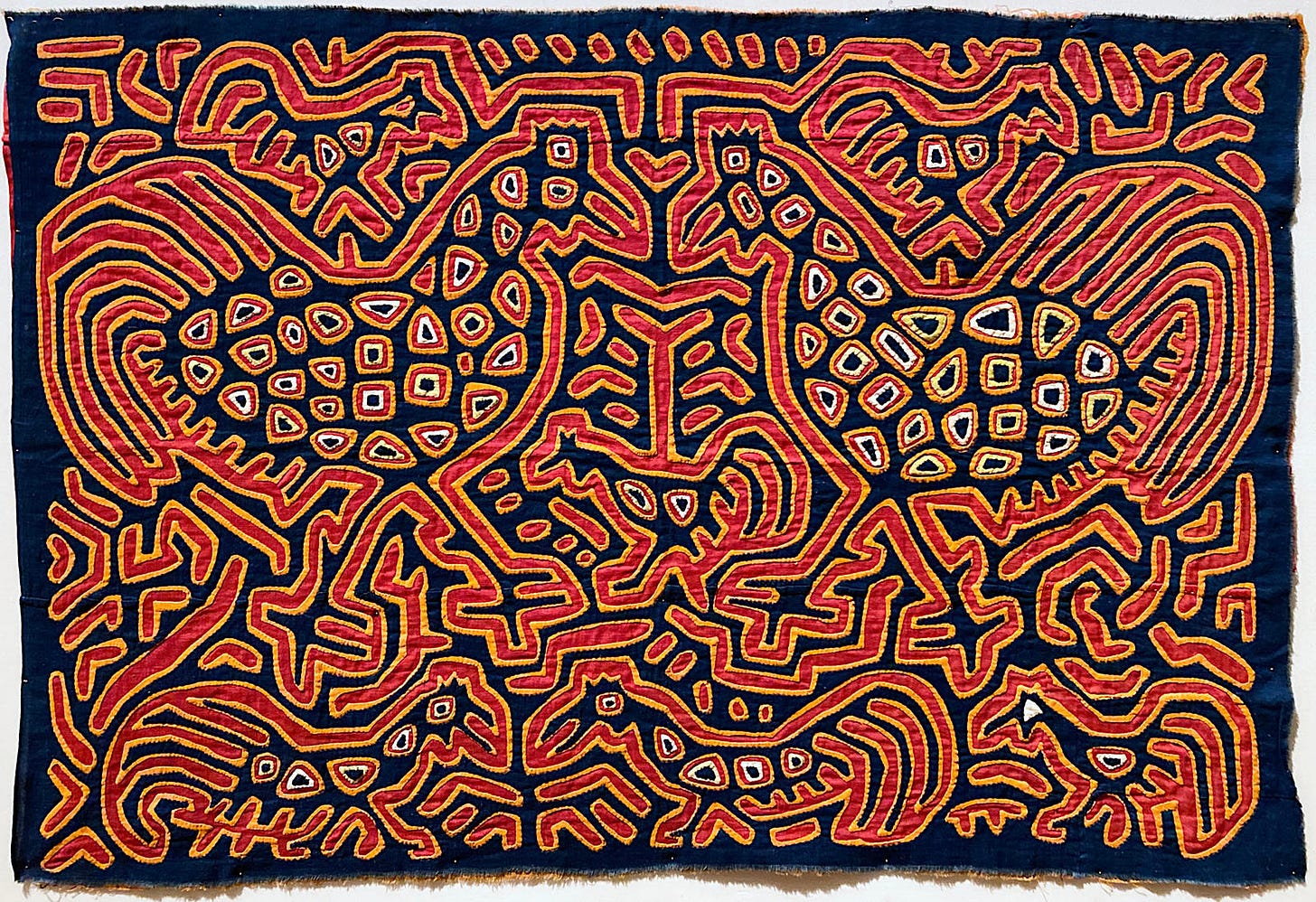
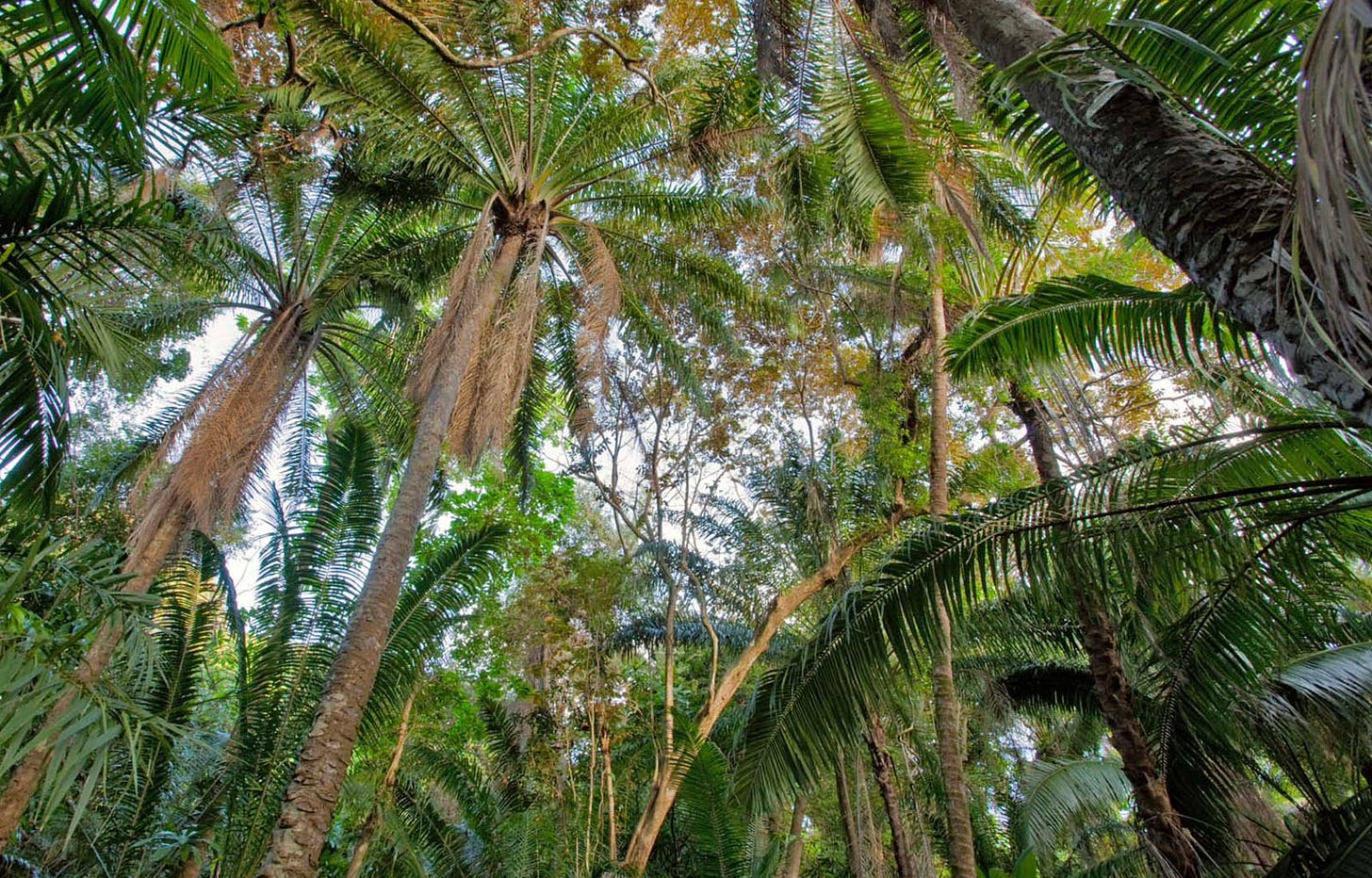
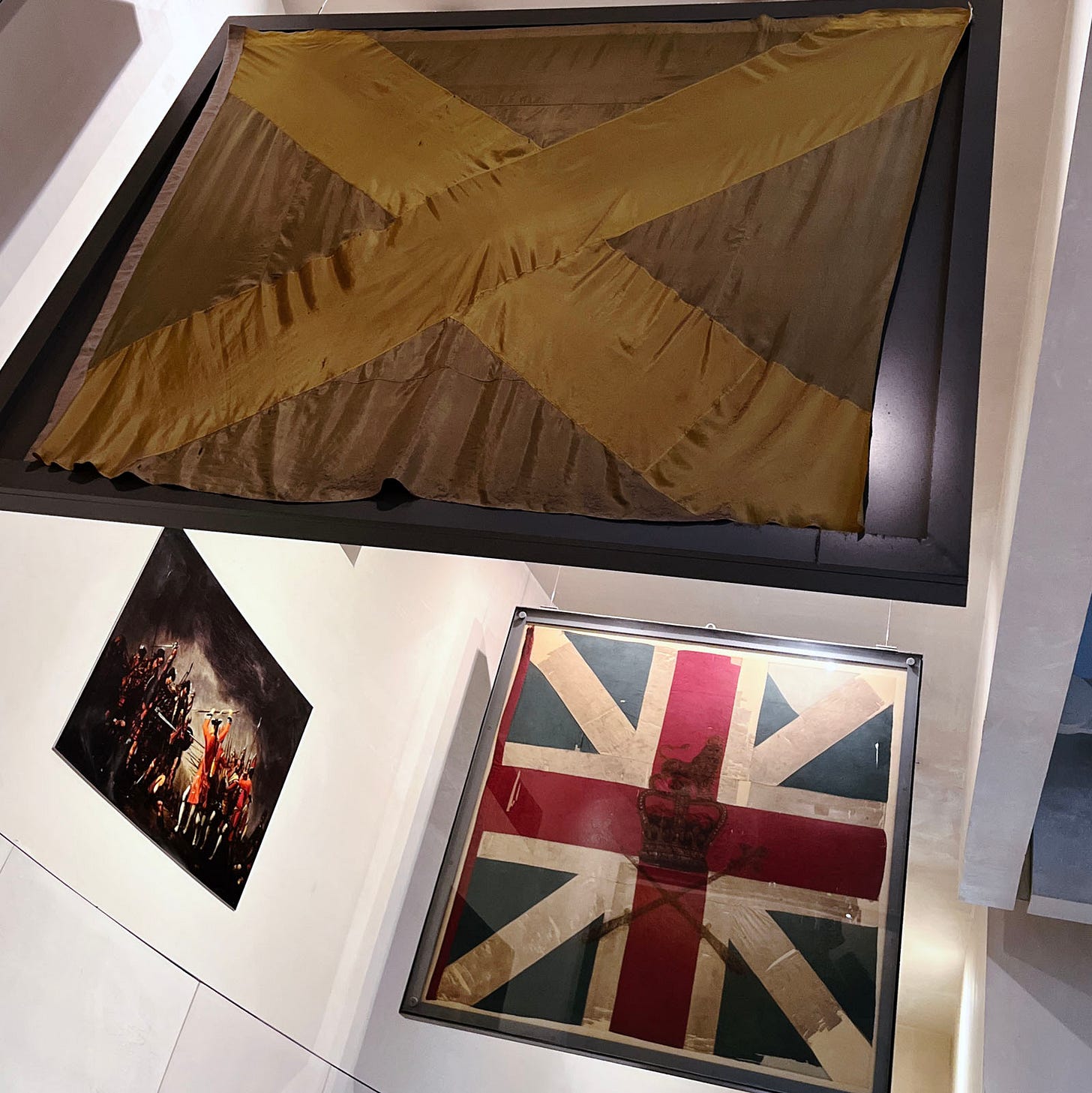
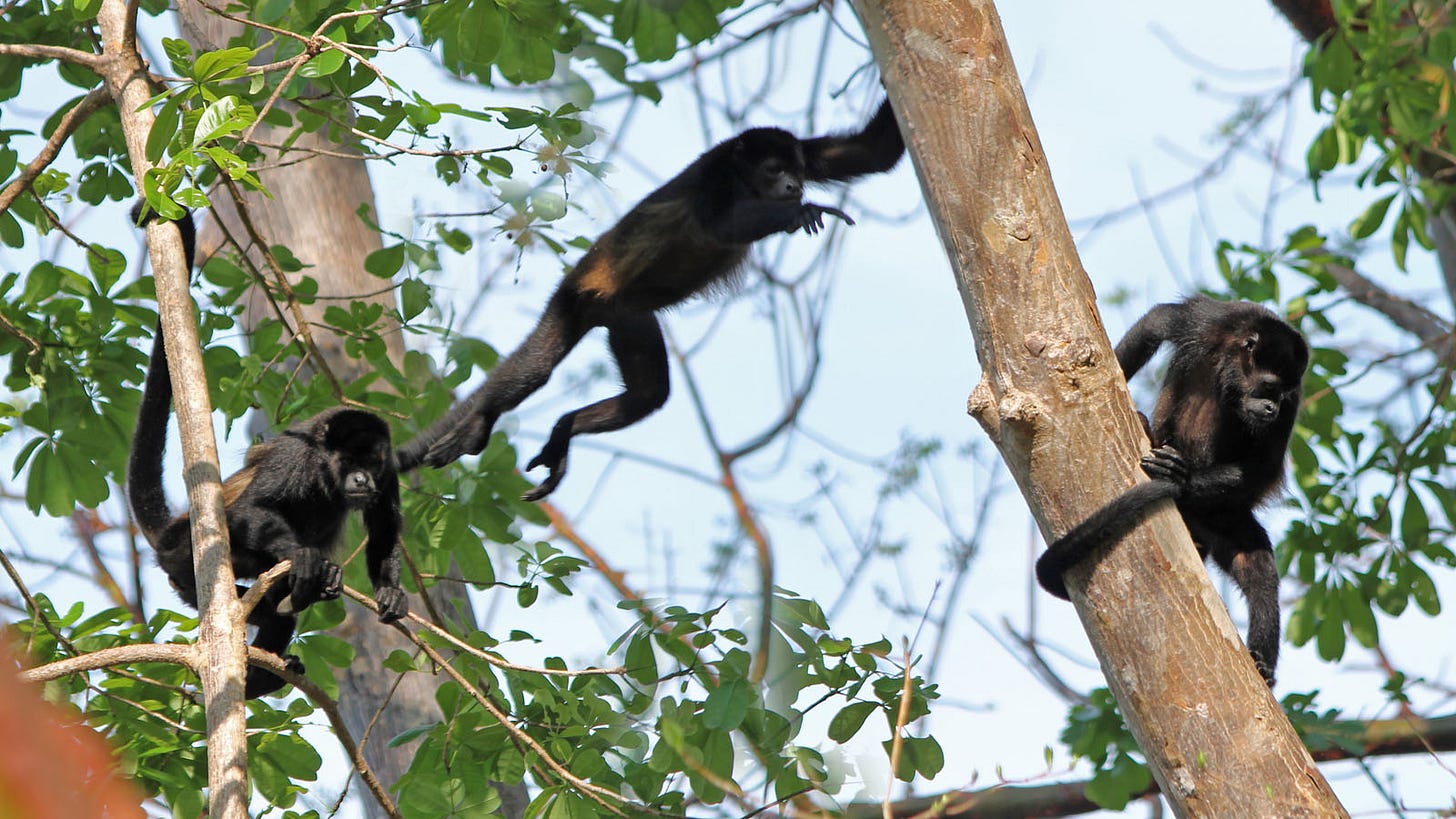
I met someone called Darien, he was English, this was in Melbourne Naarm about a decade ago, he might be 70+ now. A sculptor. I asked how he came to have the name of a failed Scots colony and he laughed but all he said was no one had asked him that in forty years.
What a sincere joy to experience the world through such thoughtful eyes and thought-provoking prose. A dream state for someone who has never traveled, and never will.